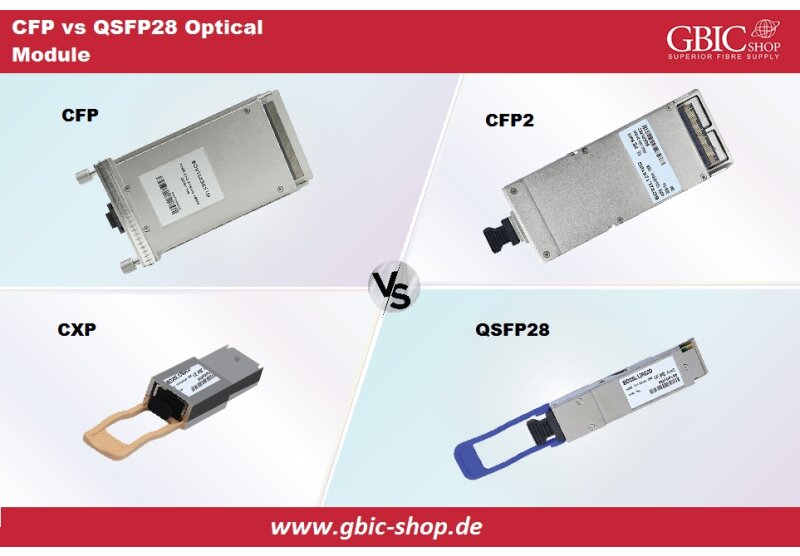ITU-T G.65x program is an SMF standard category. We can further divide it into G.652 fiber, G.653 fiber, G.654 fiber, G.655 fiber, G.655 fiber, G.655 fiber, G.656 fiber, and G.657 fiber. Among these, G.655 and G.652 are the options we commonly use. What differences between G.652 and G.655?
Basics and Dissimilarities of G.652 Fiber and G.655 Fiber:
The standardization of the first version of G.652 took place in 1984, and there are four subcategories of this standard: G.652.A fiber, G.652.B fiber, G.652.C fiber, and G.652.D fiber. Among them, G.652.D and G.652.C fibers possess excellent performance compared with G.652.B and G.652.A.All these variants contain a similar G.652 primary size of 8-10µm.
We have given a specification chart regarding four variants of G.652. A to possess not a single dispersion wavelength almost 1310 nanometers-optimal for functioning within 1310 nanometers band. For the divisions of G.652, we have designed G.652.B and G.652. Because of their water peak type, the two are not appropriate for WDM implementations. The more improved variants G.652.D and G.652.C fibers have terminated water peak because of full-spectrum functioning, enabling us to apply them within the wavelength area between 1310 nanometers and 1625 nanometers to help CWDM transmission.
E band refers to the wavelength reach from 1360 nanometers to 1460 nanometers.
S-band stands for the wavelength reaching from 1460 nanometers to 1530 nanometers.
C band refers to the wavelength reach from 1530 nanometers to 1565 nanometers.
L band stands for the wavelength reach from 1565 nanometers to 1625 nanometers.
We can divide G.655 standard into five variants, including G.655.A fiber, G.655B fiber, G.655.C fiber, G.655.D fiber, and G.655.E fiber. We recognize G.655 SMF as NZDSF (Non-Zero Dispersion Shifted Fiber) because of dispersion for a wavelength of 1550 nanometers. We have two kinds of NZDSF: (+D) NZDSF and (D) NZDSF, which represent a positive and negative slope against wavelength.
G.655 fiber possesses a minor, controlled number concerning chromatic dispersion within C-band (1530-1565 nanometers), where amplifiers operate, and it has a significant core size compared with G.652 fiber. G.655, like a developed dispersion-shifted optical fiber, can subdue four-wave merging and more nonlinear effects. That's why G.655 SMF that supports extensive ranges with excessive capacity can encounter the demands of DWDM transmission.
Below is a specification chart regarding three variants of G.655, which we frequently use.
How can we make the Right Choice between G.652 SMF and G.655 SMF Cables?
We have designed G.652 standard for CWDM transmission and MAN, LAN access networks. We often use CWDM, which is financially a reasonable option for temporary implementation on G.652 optical fiber cables wherein signal expansion is not essential. The second increasingly common type of fiber within terrestrial networks is G.655, and we widely deploy it in DWDM transmission and extended networks. The primary value position for this type of fiber was little dispersion involving PMD (Polarization Mode Dispersion) and chromatic dispersion during deployment.
Choosing an SMF optical cable will rely on your requirements. The G.657 optical fiber and G.652 are cost-effective fibers, typical and competent for those who don't need a speed of more than 10 Gigabytes per second with short-term distances. We recommend G.652 for this type of case. When your required bandwidth is more than 10 Gigabytes per second or demands to support above long ranges with excellent presentation, G.655 can offer the best solution irrespective of considerably higher price. The table below manifests applications for DWDM/CWDM of G.655 and G.652. The marked ones signify that standard is appropriate for the implementation.
Conclusion:
Different kinds of SMF cables possess their implementation areas. These fiber optic specifications have demonstrated the development of communication system technology through the years. Selecting the best single-mode fiber for our cabling is significant, taking cost, safety, reliability, and performance into consideration.
 English
English
 Deutsch
Deutsch
 Espaniol
Espaniol










